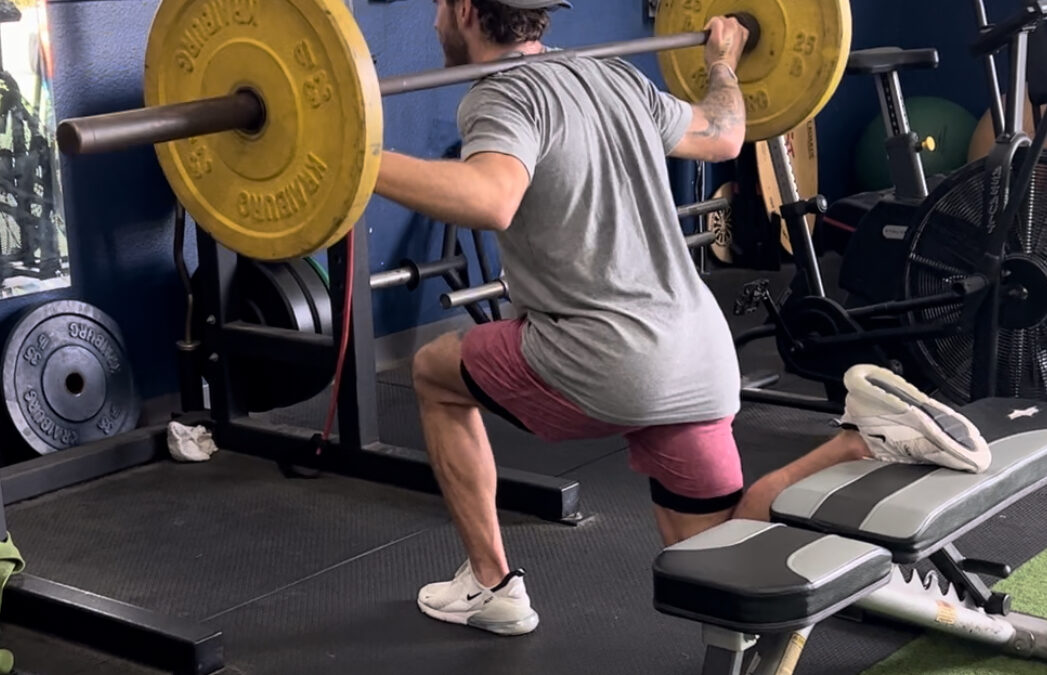When building a sports performance program, rehab protocol, or even a sports practice, there has to be a start and finish. Where does it start? How does it progress? What are the goals? These are only a few questions that need to be answered when establishing proper protocols. Compete Sports Performance and Rehab has always been committed to building the athlete first and then fine-tuning the athlete. Just like the old adage, you walk before you run.
The first thing to look at when putting a program together is to evaluate the athletes. What are their strengths, weaknesses, abilities, etc? The demands placed on the body in competition may be greater than the body is ready to accomplish. For instance, a hockey player may be asked in practice to skate on one leg in a squatted position. If the athlete can’t maintain a one-legged squat on solid ground, how can we ask him or her to balance on a skate blade on ice?
Designing a program can be put simply: “begin with the basics”. Use simple bodyweight exercises such as squats, push-ups, pull-ups, and modified sit-ups for example. Begin performing a couple of sets of each exercise at low repetitions. As the training sessions continue, increase the number of repetitions and then the number of sets. Once basic exercises are mastered, then a load can be applied. This load can be anything from dumbbells, medicine balls, weight vests, or any other outside force.
As simple exercises are mastered, the program can be progressed to be more complex. Do this by tweaking exercises to make them harder. For example, convert squats to lunges, then change the angle of the lunge, and perform the lunge on an unstable surface. Modified sit-ups can be progressed to sit-ups on a physioball and then sit-ups on a physioball with the hands overhead. Progressing a program can be infinite, the designer just has to be innovative and stick with quality over quantity.
Every training program, rehab, or practice must have goals. There should be short-term goals and long-term goals. What results do we want now and what results are we looking for in the future? Goals can be as simple as building strength and endurance to being quicker and more powerful increasing core stability and reducing injury. Goals should be dependent on the athletes’ abilities and the demands placed on them by their sport or activity. Exercise prescription should again be progressed toward obtaining the goals being set, as long as it is in a safe manner and exercises are being performed properly.
Successful programs are based on progression. Begin simple and challenge the athlete to master an exercise. Once the athlete succeeds, challenge him or her with something more demanding to obtain your goals.
Chris Phillips is a certified Athletic Trainer and Strength and Conditioning Specialist with over 30 years of experience in professional sports, including the NHL, the 2022 Winter Olympics, and men’s and women’s professional soccer. He can be reached at chris@competeperformance.com or via the website www.competeperformance.com

